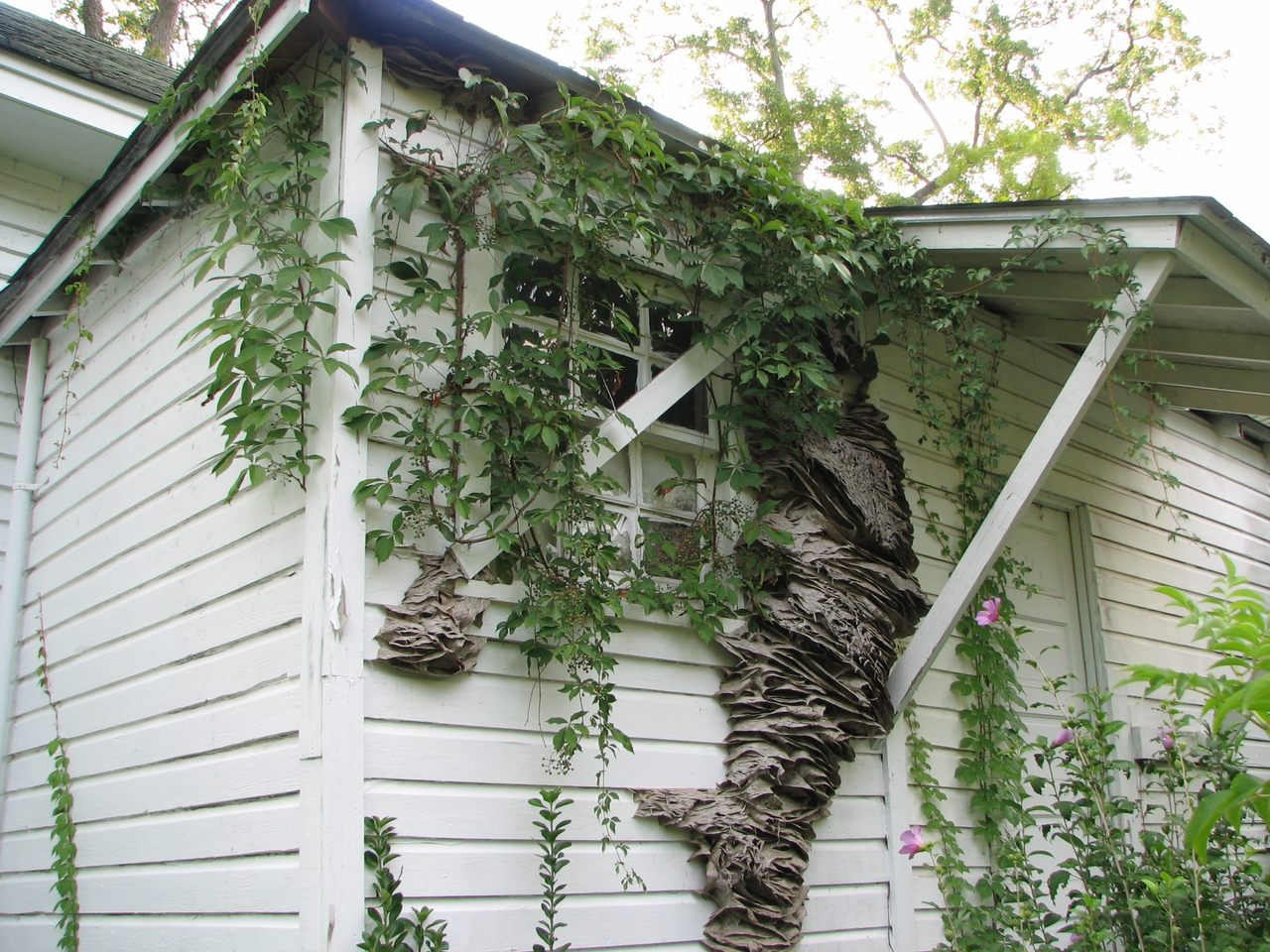

Articles
How To Get Rid Of Yellow Jackets In Siding
Modified: October 19, 2024
Looking for articles on how to get rid of yellow jackets in siding? Discover effective methods and tips to eliminate these pests and protect your home.
(Many of the links in this article redirect to a specific reviewed product. Your purchase of these products through affiliate links helps to generate commission for Storables.com, at no extra cost. Learn more)
Introduction
Yellow jackets are small, aggressive stinging insects that often make their nests in the siding of houses. Not only can their presence be annoying and distressing, but it can also pose a risk to the safety of homeowners and their families. If you have noticed yellow jackets in your siding, it is important to take immediate action to remove them and prevent future infestations.
In this article, we will explore effective methods to get rid of yellow jackets in siding, both through non-toxic approaches and the use of chemical solutions. We will also discuss when it is necessary to seek professional help and uncover preventive measures to keep these pests at bay.
Identifying and understanding yellow jackets and their behavior is the first step towards effective removal. Yellow jackets are easily recognizable by their distinctive black and yellow markings. They are often mistaken for bees, but unlike bees, yellow jackets have smooth bodies and don’t produce honey. They are carnivorous and known for their aggressive behavior, especially when their nests are disturbed.
One of the key reasons yellow jackets choose siding as their nesting spot is because the material provides them with a secure and sheltered location. Siding also offers protection from elements like rain and wind, making it an attractive spot for these pests to establish their colonies. Identifying the exact location of the nest in your siding is crucial for effective removal, as it will help you to target your efforts and apply the appropriate method.
Aside from the annoyance they cause, yellow jackets present potential risks and dangers. They are aggressive and can sting multiple times, posing a significant threat to anyone who comes into close proximity with them. For individuals who are allergic to yellow jacket stings, their presence can be life-threatening. It is essential to address a yellow jacket infestation promptly to ensure the safety and wellbeing of your household.
Now that we understand the significance of removing yellow jackets from siding, let’s delve into the various methods and approaches that can be used. We will start by exploring non-toxic methods that are safe and effective in eliminating yellow jackets without harming the environment or putting your family at risk.
Key Takeaways:
- Identifying yellow jackets in your siding and understanding their behavior is crucial for effective removal. Assess the infestation, choose non-toxic or chemical solutions, and prioritize safety to ensure successful elimination.
- Prevent future yellow jacket infestations by sealing entry points, securing food sources, and educating household members. Swift action, professional help, and regular inspections are key to maintaining a pest-free environment.
Identifying Yellow Jackets in Siding
Identifying yellow jackets in siding is crucial for effectively dealing with an infestation. These small, aggressive insects can easily go unnoticed, as they often make their nests in hidden areas of your siding. However, there are a few key signs that can help you identify their presence.
Firstly, keep an eye out for yellow jacket activity around your home. Observe if you notice a high level of insect traffic, particularly near your siding. Yellow jackets are known to fly in and out of small cracks and crevices, indicating the possibility of a nest inside your siding.
You may also come across yellow jacket workers, which are typically around half an inch in length. These workers have vibrant yellow and black markings on their bodies, making them easily distinguishable from other insects. Keep in mind that unlike bees, yellow jackets do not have a hairy appearance.
If you notice small holes or openings in your siding, this could be a sign of a yellow jacket nest. Yellow jackets are skilled at creating their nests in surfaces like wooden siding or gaps in the siding material. Look for openings that are regularly used by the insects, as these are the entry and exit points for their nest.
Another indicator of yellow jacket presence is the constant buzzing sound that they produce. If you hear a consistent buzzing noise coming from your siding, especially during the daytime when yellow jackets are most active, it could indicate that they have established their nest within the walls.
Lastly, observe the behavior of the insects. Yellow jackets are highly territorial and may become aggressive if their nest is disturbed. If you notice them repeatedly flying back and forth to a particular area of your siding or displaying defensive behavior when you approach, it is a strong indication of a yellow jacket nest.
Identifying yellow jackets in your siding is the first step towards effective removal. By paying close attention to the signs mentioned above, you can determine whether you have an infestation and take the necessary measures to address the issue. Remember, it is crucial to approach yellow jacket removal with caution and implement appropriate methods to ensure your safety and the successful elimination of these pests.
Understanding Yellow Jacket Behavior
To effectively deal with yellow jackets in siding, it is essential to understand their behavior. Yellow jackets are social insects that live in colonies, with each colony consisting of thousands of workers, drones, and a queen. They have a distinct hierarchy and exhibit specific behavioral patterns.
Yellow jackets are carnivorous and feed primarily on other insects, spiders, and even sugary substances like nectar and fruit juices. They play an important role in controlling insect populations, making them beneficial in natural ecosystems. However, their aggressive nature and tendency to build nests in close proximity to human dwellings can create problems.
The life cycle of a yellow jacket begins with the queen. In the spring, a queen emerges from hibernation and searches for a suitable nesting site to establish her colony. This is when she may choose the siding of your house as a nesting spot. Once she finds a favorable location, the queen begins constructing a small paper nest, laying eggs, and caring for the larvae until they mature.
As the colony grows, the workers take on the responsibility of expanding and maintaining the nest, foraging for food, and protecting the colony from potential threats. Yellow jackets are highly protective of their nest and will defend it aggressively if they perceive any danger.
Yellow jackets are most active during the day when they leave the nest to search for food. They are attracted to sweet and sugary substances, making them common visitors at outdoor events, picnics, and barbecues. It is important to be cautious around food and beverages when yellow jackets are present, as their aggressive behavior can lead to painful stings.
During late summer or early fall, new queens and drones are produced. These reproductive members of the colony mate, and the fertilized queens seek sheltered locations to hibernate for the winter. Any remaining workers, drones, and the original queen die off in the colder months.
Understanding yellow jacket behavior is vital when it comes to removing them from your siding. By knowing their habits, you can devise effective strategies to eliminate them and prevent future infestations. It is important to approach yellow jackets with caution, as their aggressive nature can pose a risk to your safety. In the following sections, we will explore various methods to remove yellow jackets from siding, both through non-toxic approaches and chemical solutions.
Risks and Dangers of Yellow Jackets
Yellow jackets may seem like harmless insects at first glance, but their presence can pose various risks and dangers. It is important to be aware of these risks to protect yourself and your family, especially if you have yellow jackets nesting in your siding.
One of the primary concerns with yellow jackets is their aggressive nature. When their nest is disturbed or threatened, yellow jackets can become highly aggressive and attack in defense. Unlike bees, yellow jackets have the ability to sting multiple times without dying, making them a significant threat. The stings can cause intense pain, swelling, and, in some cases, allergic reactions in individuals who are sensitive to insect venom.
For individuals who are allergic to yellow jacket stings, the risks can be even more severe. An allergic reaction to a yellow jacket sting can lead to symptoms like difficulty breathing, swelling of the face and throat, dizziness, and even anaphylaxis. In these cases, immediate medical attention is necessary, as untreated allergic reactions can be life-threatening.
Another concern is the potential for a yellow jacket swarm. When a yellow jacket nest is disturbed, either accidentally or intentionally, the insects can swarm and attack in a coordinated manner. This can lead to multiple stings and a heightened risk of allergic reactions or severe injuries.
Yellow jackets can also be a nuisance at outdoor events, picnics, or barbecues where food and sugary substances are present. They are attracted to these foods and can quickly become aggressive if they perceive them as a source of nourishment. Their presence can result in disruption and discomfort for guests, potentially leading to injuries caused by stings.
In addition to the risks posed to humans, yellow jackets can also cause damage to your siding. As they build their nests, they may chew through the material, enlarging the existing openings and causing structural damage. This can lead to further issues with insulation, moisture penetration, and potential infestations by other pests.
Given the risks and dangers associated with yellow jackets, it is crucial to take prompt action to remove them from your siding. In the next sections, we will discuss effective methods for removing yellow jackets, both using non-toxic approaches and chemical solutions, to ensure the safety and well-being of your household.
Assessing the Yellow Jacket Infestation
Before initiating any removal methods, it is important to assess the severity of the yellow jacket infestation in your siding. Understanding the extent of the problem will help you determine the best course of action and ensure effective eradication of these pests.
Start by observing the activity and behavior of yellow jackets around your siding. Pay attention to the number of insects you see and their level of aggression. Are they constantly flying in and out of cracks or openings? Do you notice them gathering in particular areas of your siding? By closely monitoring their behavior, you can gain insights into the size and location of the nest.
Next, inspect your siding for any visible signs of a yellow jacket nest. Look for small openings, holes, or cracks where the insects may be entering or exiting. Check for chewed or damaged material that may indicate the presence of a nest. Take note of any distinct buzzing sounds, especially during the daytime when yellow jackets are most active.
If you are able to locate the nest, assess its accessibility and proximity to high-traffic areas of your home. Determine if the nest is easily reachable or if it requires professional assistance for safe removal. Consider whether the nest is causing any immediate threats or disturbances, such as the nest being near entrances or areas where people spend a lot of time.
It is also important to evaluate the size of the yellow jacket colony. Larger colonies can be more challenging to eliminate and may require more intensive methods or professional intervention. Assessing the size of the colony will help you plan the appropriate treatment approach and determine whether non-toxic methods or chemical solutions are necessary.
Lastly, consider any previous attempts you have made to remove the yellow jackets. Have you tried any DIY methods or home remedies without success? Understanding what has been ineffective in the past can help you avoid repeating those methods and opt for more targeted and successful removal techniques.
By thoroughly assessing the yellow jacket infestation in your siding, you will be equipped with the necessary information to choose the most appropriate removal method. Whether it’s a minor infestation that can be handled through non-toxic approaches or a larger, more serious problem requiring professional help, a comprehensive assessment ensures a more efficient and successful resolution.
Seal any cracks or openings in your siding to prevent yellow jackets from building nests. Use a caulking gun to fill in gaps and holes, and consider installing mesh screens over vents and openings.
Non-Toxic Methods to Remove Yellow Jackets
When it comes to removing yellow jackets from your siding, non-toxic methods can be effective and environmentally friendly alternatives. These methods allow you to eliminate the pests without the use of harmful chemicals or pesticides. Here are several non-toxic approaches you can try:
1. Locating and Sealing Entry Points: Begin by identifying the openings or cracks in your siding where the yellow jackets are entering. Use caulk or sealant to close off these entry points, preventing the insects from getting in or out of their nest. This method works best if you can access the nest directly and seal it off completely.
2. Soap and Water Solution: Create a mixture of liquid dish soap and water in a spray bottle. Spray the solution directly onto the yellow jackets and their nest. The soap will suffocate and kill the insects on contact. Be sure to apply the solution during the night when the yellow jackets are less active or early in the morning when they are still dormant.
3. Homemade Traps: Construct a simple trap using a plastic bottle. Cut off the top portion of the bottle, invert it, and place it inside the bottom portion to create a funnel. Fill the bottle with a sweet and aromatic liquid, like sugar water, fruit juice, or soda. The yellow jackets will be lured into the trap but unable to find their way out due to the narrow opening.
4. Peppermint Oil Repellent: Yellow jackets are repelled by the strong scent of peppermint oil. Mix a few drops of peppermint oil with water in a spray bottle and spray it around the areas where you have observed yellow jacket activity. This natural repellent can discourage them from nesting in your siding.
5. Vacuum Method: Use a vacuum with a long hose attachment to suck up the yellow jackets. Approach the nest or the areas where they are active carefully and swiftly. Once sucked up, dispose of the bag or debris in a sealed plastic bag and discard it away from your home to prevent re-infestation.
6. Professional Beekeepers: Consider reaching out to local beekeepers who are experienced in relocating bee colonies. Many beekeepers are willing to assist with removing yellow jacket nests as well. They will relocate the nest and its inhabitants to a safer location, ensuring the survival of the insects without harming them.
When using non-toxic methods, it is crucial to exercise caution and wear protective clothing to avoid stings. Keep in mind that prevention is key to reducing the likelihood of yellow jacket infestations. Regularly inspect your siding, seal any cracks or openings, and keep your outdoor areas clean and free of food debris.
While non-toxic methods can be effective for smaller infestations, larger or more aggressive yellow jacket colonies may require the use of chemical solutions. In the following section, we will explore chemical options for eliminating yellow jackets from your siding.
Chemical Solutions for Eliminating Yellow Jackets
If non-toxic methods have proven ineffective or if you are dealing with a larger or more aggressive yellow jacket colony in your siding, chemical solutions can be an option for elimination. It is important to approach chemical solutions with caution, following safety guidelines and considering the potential impact on the environment. Here are some effective chemical solutions to consider:
1. Insecticide Dust: Insecticide dust, such as diatomaceous earth or boric acid, can be applied directly into the opening of the yellow jacket nest. The dust will adhere to the insects’ bodies, dehydrate them, and ultimately eliminate the colony. Ensure you follow the manufacturer’s instructions when using insecticide dust, and consider wearing protective clothing, including gloves and a mask.
2. Aerial Insecticide Sprays: Aerial insecticide sprays, designed specifically for yellow jackets, can be used to treat infestations in hard-to-reach areas or when the nest is not accessible. The insecticide should be sprayed directly onto the nest entrance, targeting the yellow jackets as they enter or exit. Apply the spray during the night or early morning when the yellow jackets are less active.
3. Foaming Insecticide: Foaming insecticides are designed to coat the nest, suffocating and killing the yellow jacket colony. Foam can penetrate the openings of the nest, ensuring thorough coverage. Follow the instructions provided by the manufacturer for the proper application of the foaming insecticide, and use protective gear to minimize exposure to the chemicals.
4. Wasp and Hornet Nest Killer Aerosols: Commercial wasp and hornet nest killer aerosols can also be effective in eliminating yellow jacket colonies. These aerosols are specifically formulated to treat nests and can quickly immobilize and kill the insects. Always read and follow the instructions provided by the product manufacturer, and take necessary precautions to protect yourself during application.
5. Seek Professional Pest Control Services: If the yellow jacket infestation in your siding is severe or if you are uncomfortable using chemical solutions yourself, it is advisable to seek the services of professional pest control experts. They have the knowledge, experience, and appropriate equipment to handle the situation safely and effectively. Professional exterminators can assess the extent of the infestation, determine the best treatment method, and ensure proper removal of the yellow jackets.
When using chemical solutions for yellow jacket removal, it is crucial to prioritize safety. Always read and follow the instructions on the product label, wear appropriate protective gear, and keep children and pets away from treated areas. Exercise caution to minimize the impact on other beneficial insects and the environment.
After successfully eliminating the yellow jacket colony from your siding using non-toxic or chemical methods, it is essential to take preventive measures to avoid future infestations. We will explore these preventive measures in the next section to help ensure a yellow jacket-free environment for your home.
Seeking Professional Help for Yellow Jacket Removal
Dealing with a yellow jacket infestation in your siding can be challenging and potentially dangerous. If you are unsure about how to safely and effectively remove the yellow jackets yourself, or if the infestation is particularly severe, it is highly recommended to seek professional help. Here are some reasons why you should consider hiring professional pest control services for yellow jacket removal:
Expertise and Experience: Professional pest control technicians have the knowledge and experience in dealing with various types of pest infestations, including yellow jackets. They are trained in identifying the species, locating nests, and employing appropriate removal methods. Their expertise ensures efficient and effective removal without compromising safety.
Safety Measures: Yellow jackets are aggressive insects that can pose a threat when their nests are disturbed. Professional exterminators are equipped with the necessary protective gear and know how to handle yellow jackets safely. They can mitigate the risks associated with stings and allergic reactions, ensuring the safety of you and your family during the removal process.
Use of Professional-Quality Products: Pest control professionals have access to a range of specialized products that are not readily available to the general public. These products are designed for maximum effectiveness in eliminating yellow jacket colonies. The use of professional-grade treatments can ensure better results compared to over-the-counter solutions.
Thorough Inspection and Treatment: Professional technicians will conduct a thorough inspection of your property to identify the extent of the infestation. They will locate the yellow jacket nests, assess the risks, and develop a customized treatment plan based on the specific situation. Their comprehensive approach ensures that all yellow jackets are properly eliminated.
Guaranteed Results: Professional pest control services often provide guarantees for their work. They offer follow-up visits and additional treatments if the infestation persists or recurs. Hiring professionals gives you peace of mind, knowing that they will take all necessary measures to ensure the complete removal of yellow jackets from your siding.
Environmentally Responsible Practices: Many pest control companies prioritize the use of environmentally friendly practices and products. They aim to minimize the impact on the ecosystem and non-target organisms. Professional technicians will choose the most appropriate and eco-friendly treatments to eliminate yellow jackets while considering the well-being of other beneficial insects.
When selecting a professional pest control service, consider reputable companies with a track record of successful yellow jacket removal. Read customer reviews, request quotes, and ensure that the company is licensed and insured. Seek recommendations from friends, neighbors, or local homeowner associations to find trusted professionals in your area.
By enlisting the help of professional pest control services, you can ensure a safe and effective removal of yellow jackets from your siding. Their expertise, experience, and specialized treatments will help resolve the infestation and provide you with peace of mind that your home is free from these pests.
Preventing Future Yellow Jacket Infestations
Preventing future yellow jacket infestations in your siding is essential to maintain a pest-free and safe environment around your home. By implementing the following preventive measures, you can significantly reduce the risk of yellow jackets nesting in your siding:
1. Seal Entry Points: Inspect your siding regularly and seal any cracks, gaps, or openings that could serve as potential entry points for yellow jackets. Use weatherproof caulk or sealant to ensure a tight seal and prevent insects from gaining access to the interior of your siding.
2. Secure Waste and Food Sources: Yellow jackets are attracted to food and food waste. Properly dispose of food scraps, garbage, and sugary substances in tightly sealed containers or trash bins with secure lids. Keep outdoor areas clean and free of spilled food or beverages that could attract yellow jackets.
3. Maintain Landscaping: Trim back vegetation near your siding to discourage yellow jackets from nesting. Remove fallen fruits or decaying plant material that may attract the insects. Regularly mow your lawn and keep it well-maintained to minimize suitable hiding places and nesting areas.
4. Cover Openings and Vents: Use screens or wire mesh to cover vents, chimneys, and other openings in your siding. This will prevent yellow jackets from entering and potentially establishing nests in these areas.
5. Be Mindful of Attractants: Avoid wearing strong perfumes, colognes, or scented lotions when spending time outdoors. These fragrances can attract yellow jackets. Also, consider using clear or lightly colored outdoor containers for beverages and food, as yellow jackets are more attracted to bright colors.
6. Educate and Inform: Educate children and household members about the risks of yellow jackets and how to behave around them. Teach them not to disturb nests or provoke the insects. By understanding the potential dangers, everyone can take appropriate precautions and be alert to any yellow jacket activity around the home.
7. Seek Professional Inspections: Schedule regular inspections of your property by professional pest control services. They can identify any signs of yellow jacket activity before it becomes a full-blown infestation. Early detection and preventive measures can save you from more extensive and costly removal processes.
By implementing these preventive measures, you can significantly reduce the likelihood of yellow jacket infestations in your siding. However, it is important to remain vigilant and take prompt action if you notice any signs of yellow jacket activity or potential nest formation. Swift removal and prevention are key to maintaining a yellow jacket-free environment and ensuring the safety and comfort of your home.
Read more: How Are Yellow Jackets Getting In My House
Conclusion
Dealing with yellow jackets in your siding can be a challenging and potentially dangerous situation. These small, aggressive insects not only pose a risk to your safety but can also cause damage to your home. However, by taking prompt and appropriate action, you can effectively eliminate yellow jackets and prevent future infestations.
Identifying yellow jackets in your siding is the first step towards successful removal. Understanding their behavior and the risks they pose allows you to approach the problem with caution and the necessary knowledge. Assessing the extent of the infestation helps you choose the most suitable method, whether it’s through non-toxic approaches or chemical solutions.
Non-toxic methods, such as sealing entry points, using soap and water solutions, or creating homemade traps, provide eco-friendly options for removing yellow jackets. These methods can be effective for smaller infestations or when the nest is easily accessible. However, for larger or more aggressive colonies, professional help may be necessary. Pest control experts have the expertise, experience, and specialized treatments to safely and effectively tackle the infestation.
Prevention plays a crucial role in maintaining a yellow jacket-free environment. By sealing entry points, securing food sources, and maintaining your landscaping, you can significantly reduce the risk of future infestations. Being mindful of attractants and educating household members about yellow jackets further contributes to a safe and informed approach.
In conclusion, addressing yellow jacket infestations in your siding requires a proactive and well-rounded approach. By combining knowledge of yellow jacket behavior, appropriate removal methods, and preventive measures, you can ensure the safety and comfort of your home. Whether you choose non-toxic methods or seek professional assistance, the goal is to create a pest-free environment where you can enjoy your outdoor spaces without the nuisance and potential dangers of yellow jackets.
If you've successfully tackled yellow jackets in your siding, why stop there? Many homes face challenges with other uninvited guests, like pantry moths. Our next guide offers practical advice from pest control experts on keeping your pantry moth-free. With preventative tips and effective removal strategies, maintaining a pest-free home becomes simpler.
Frequently Asked Questions about How To Get Rid Of Yellow Jackets In Siding
Was this page helpful?
At Storables.com, we guarantee accurate and reliable information. Our content, validated by Expert Board Contributors, is crafted following stringent Editorial Policies. We're committed to providing you with well-researched, expert-backed insights for all your informational needs.

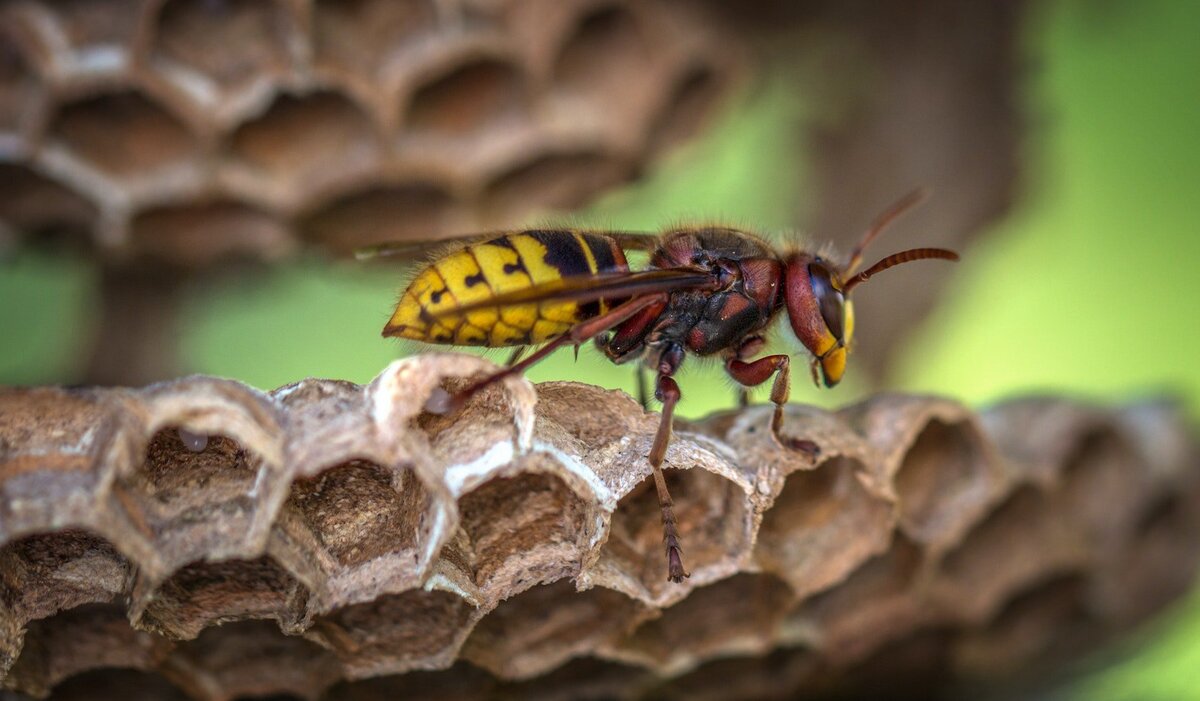

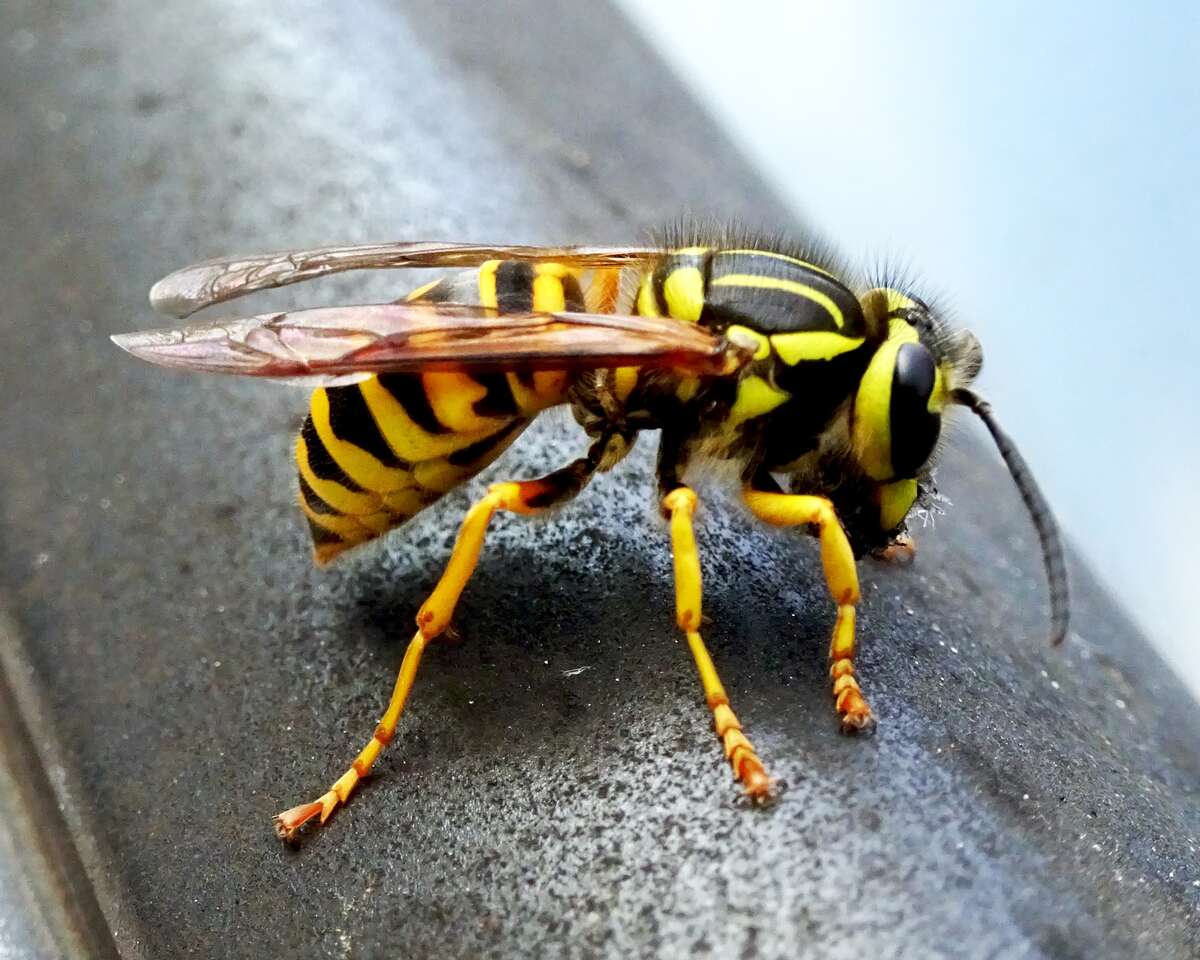
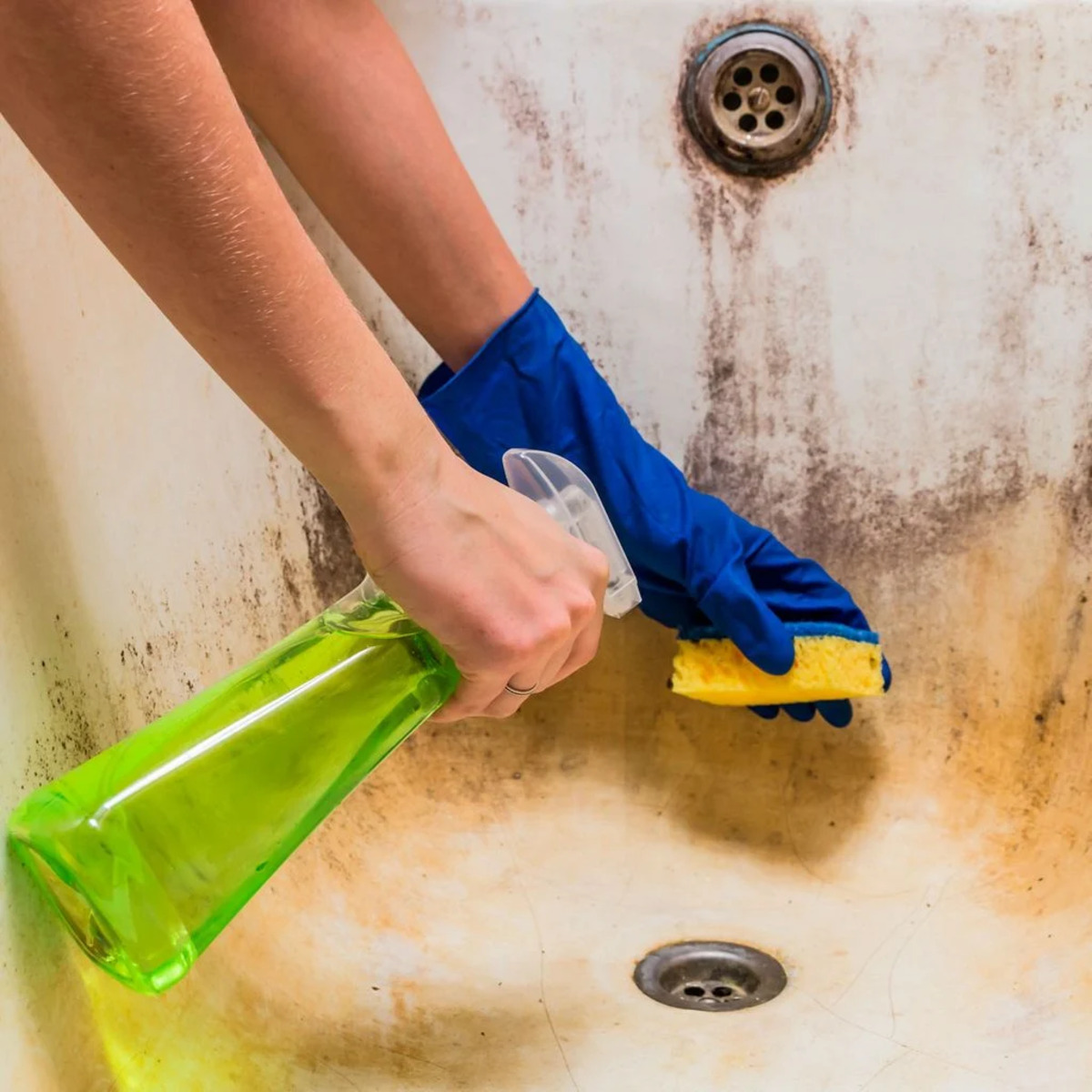
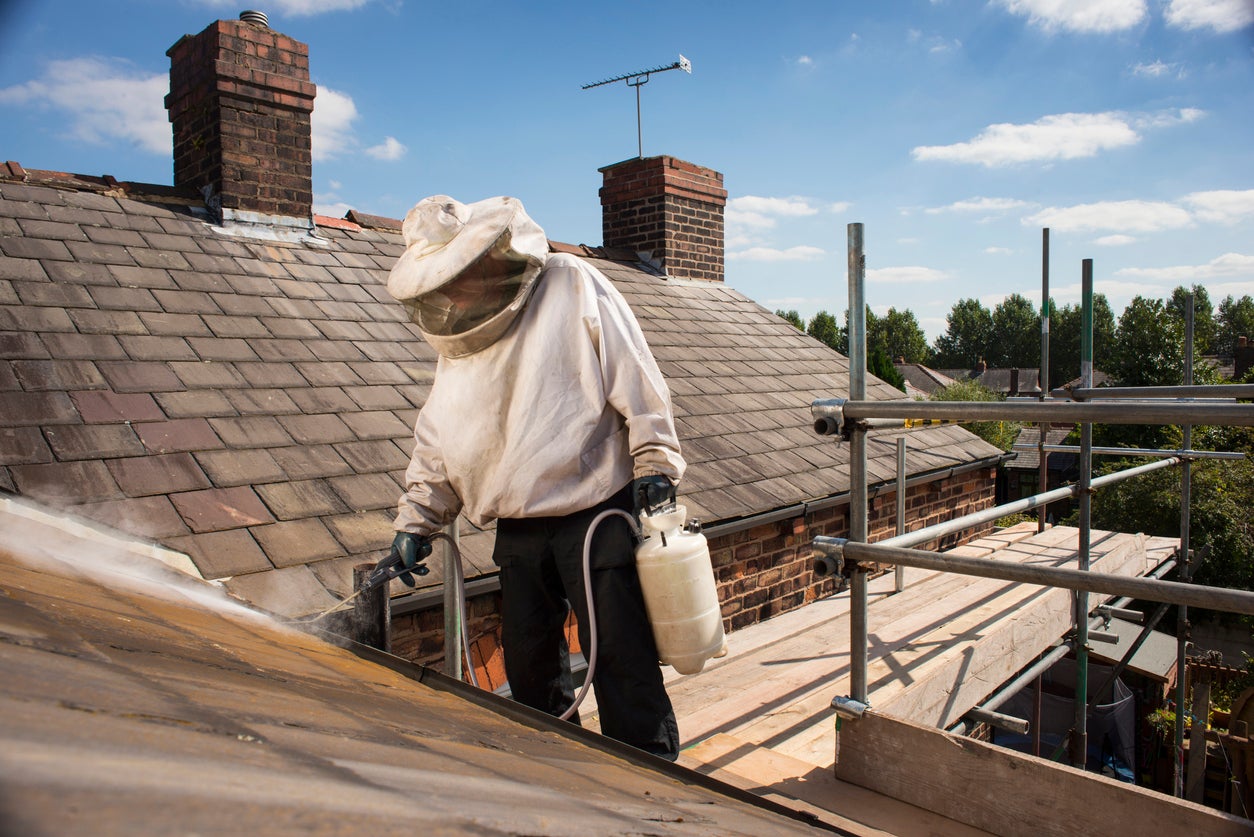
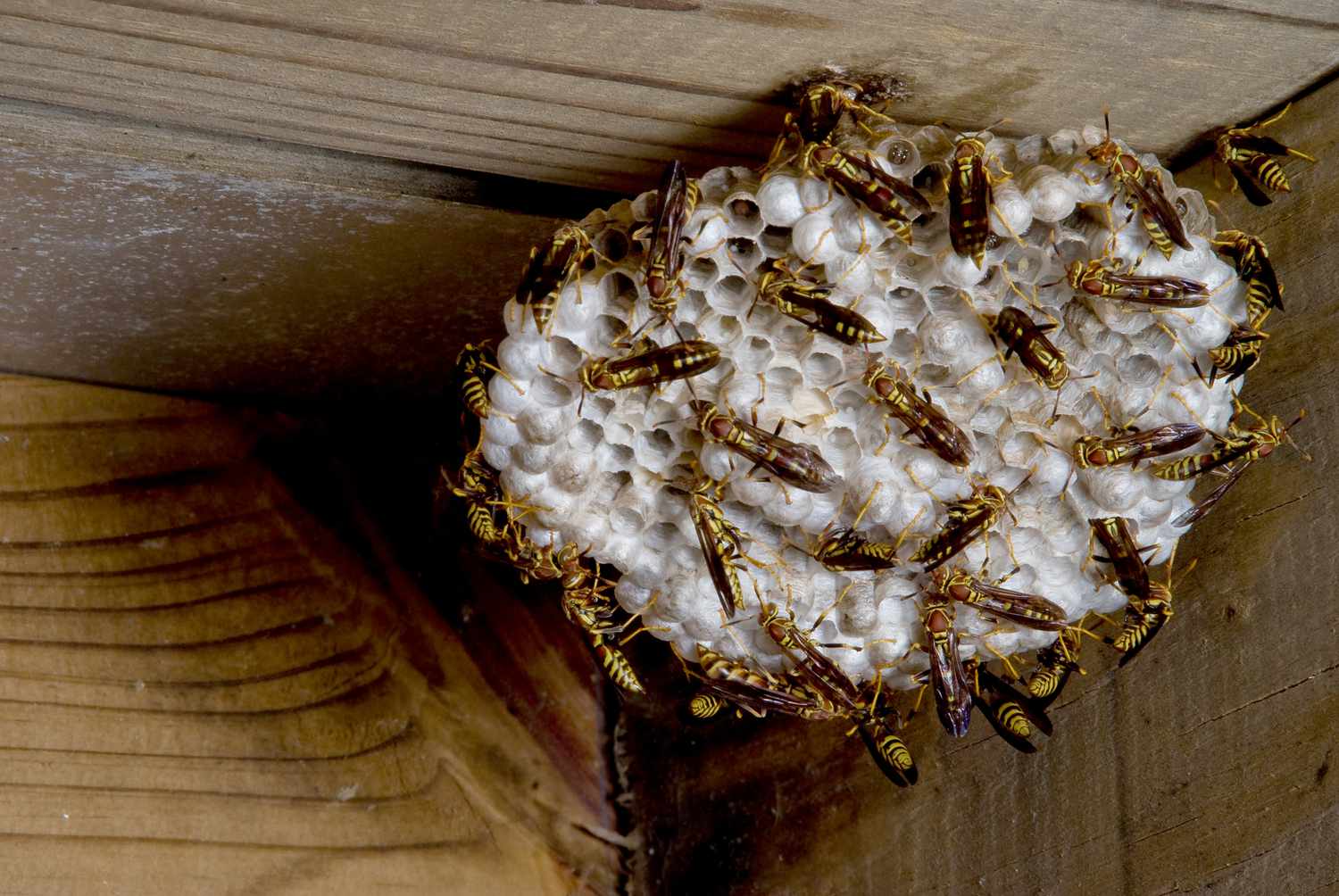
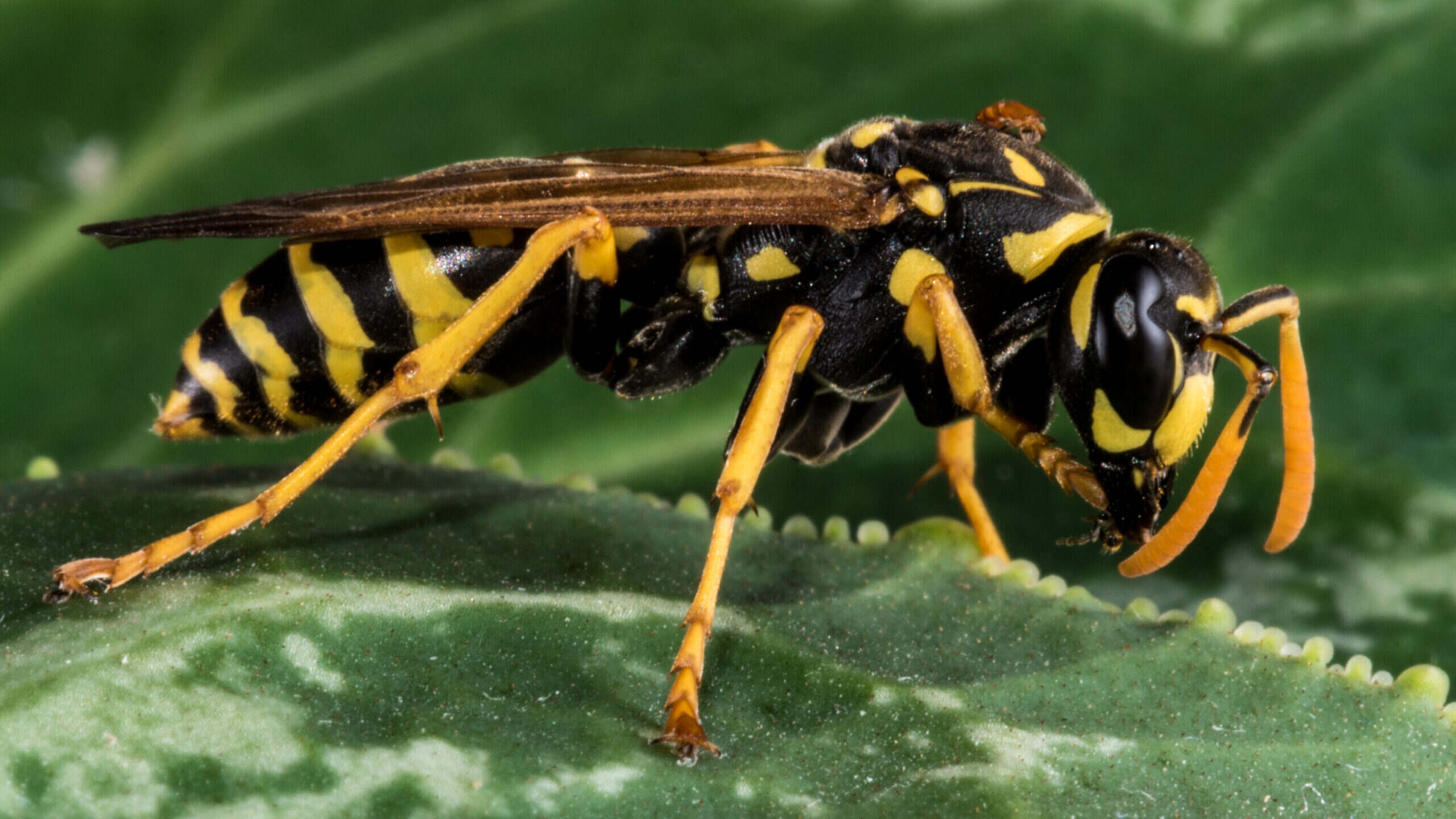
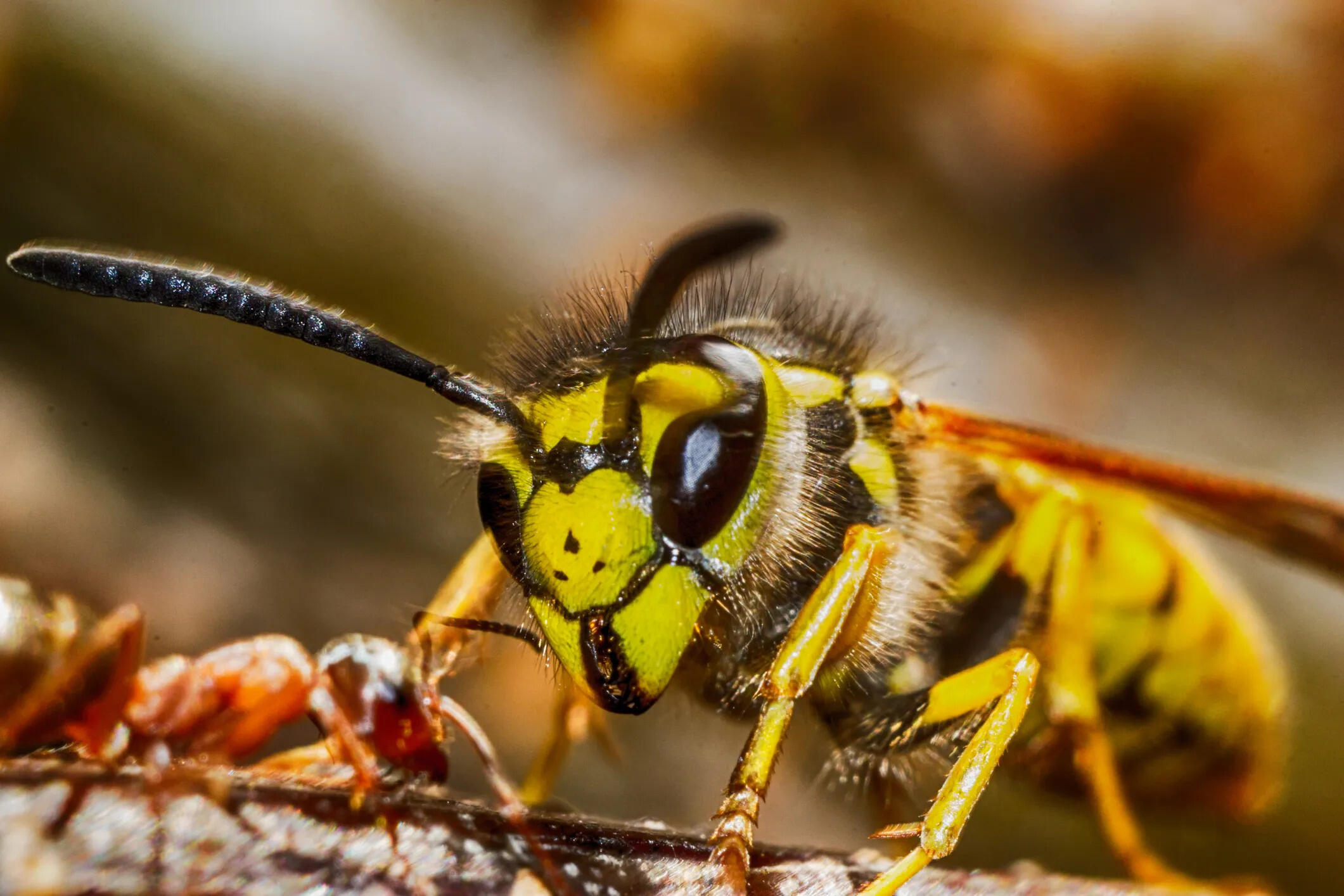
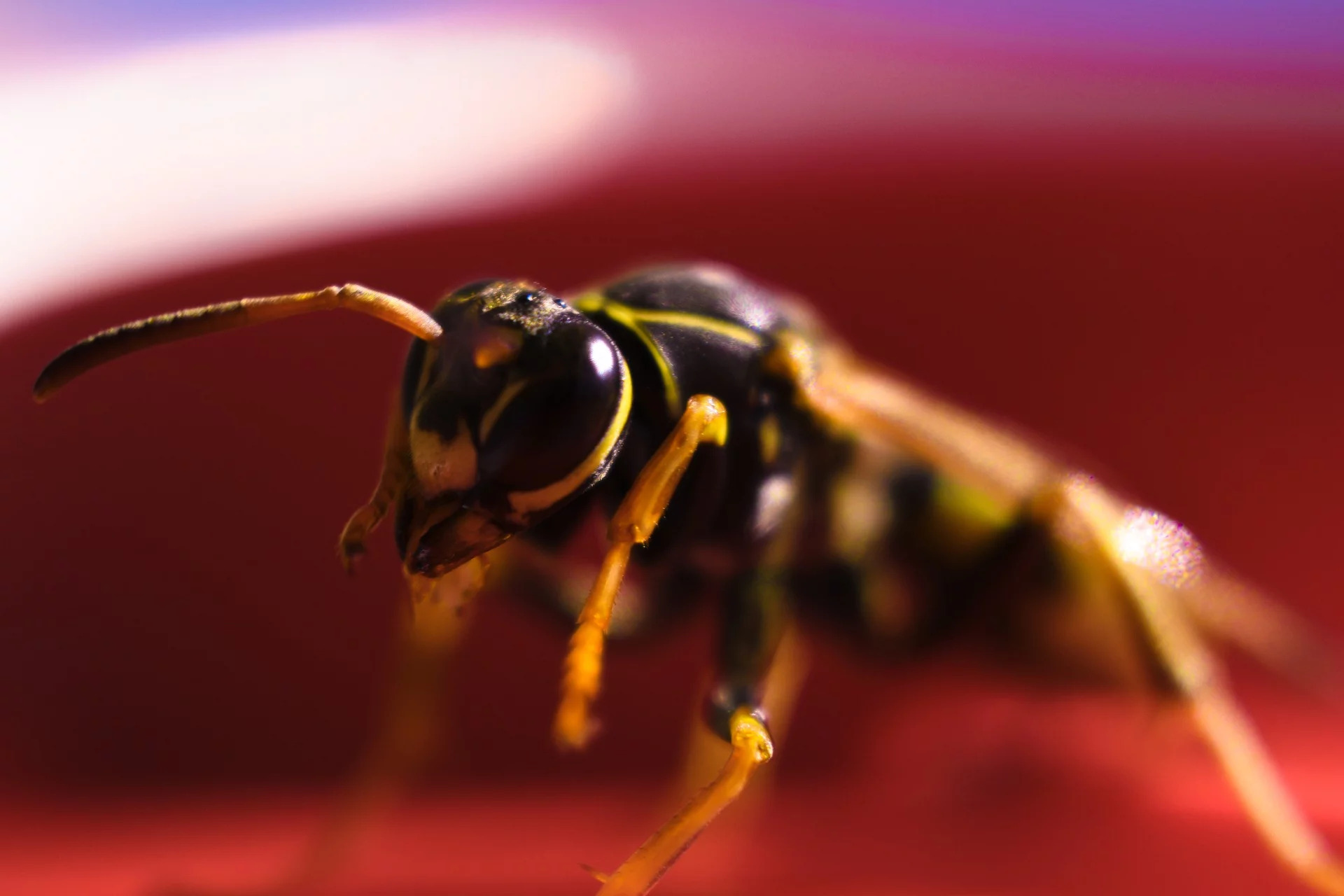
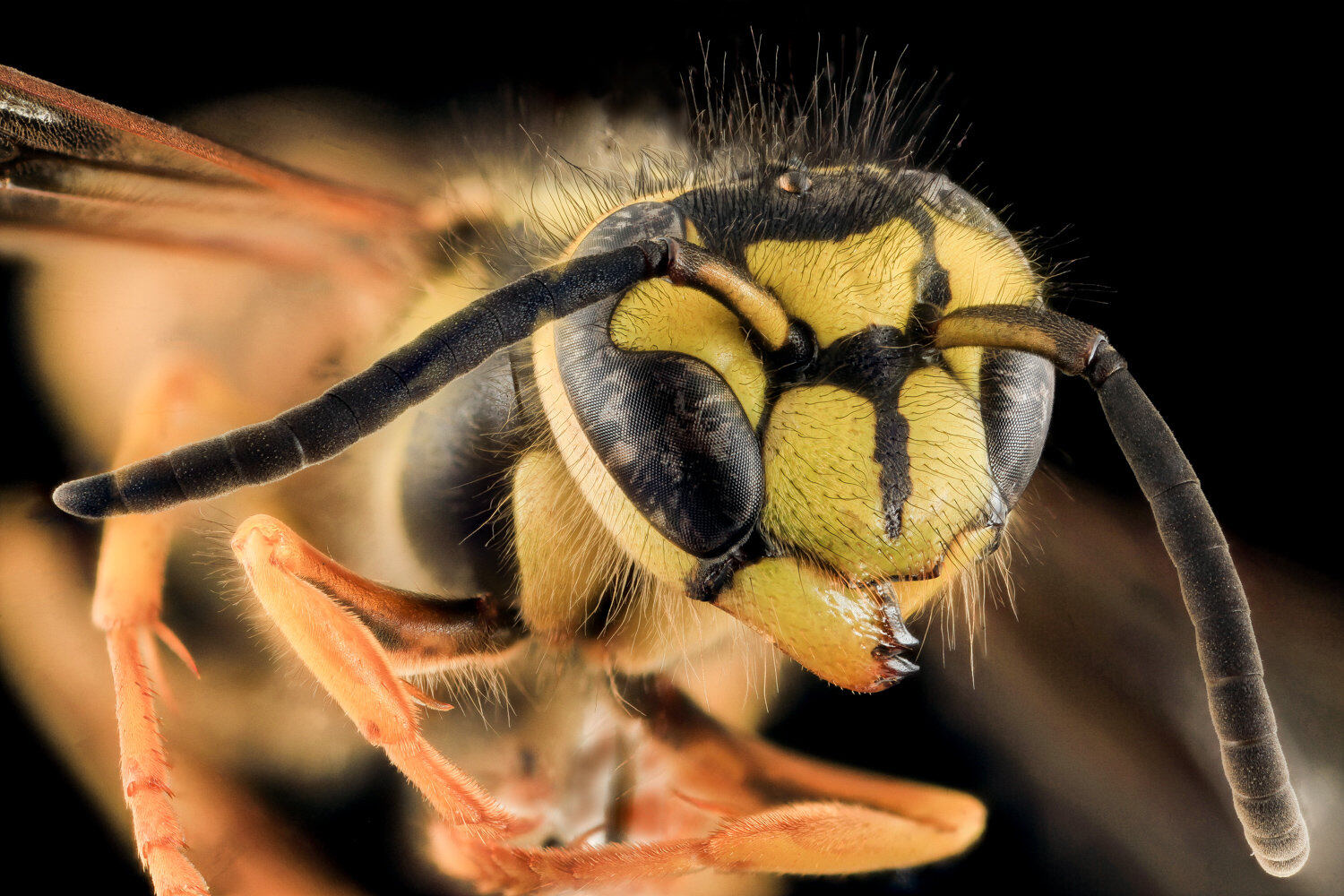
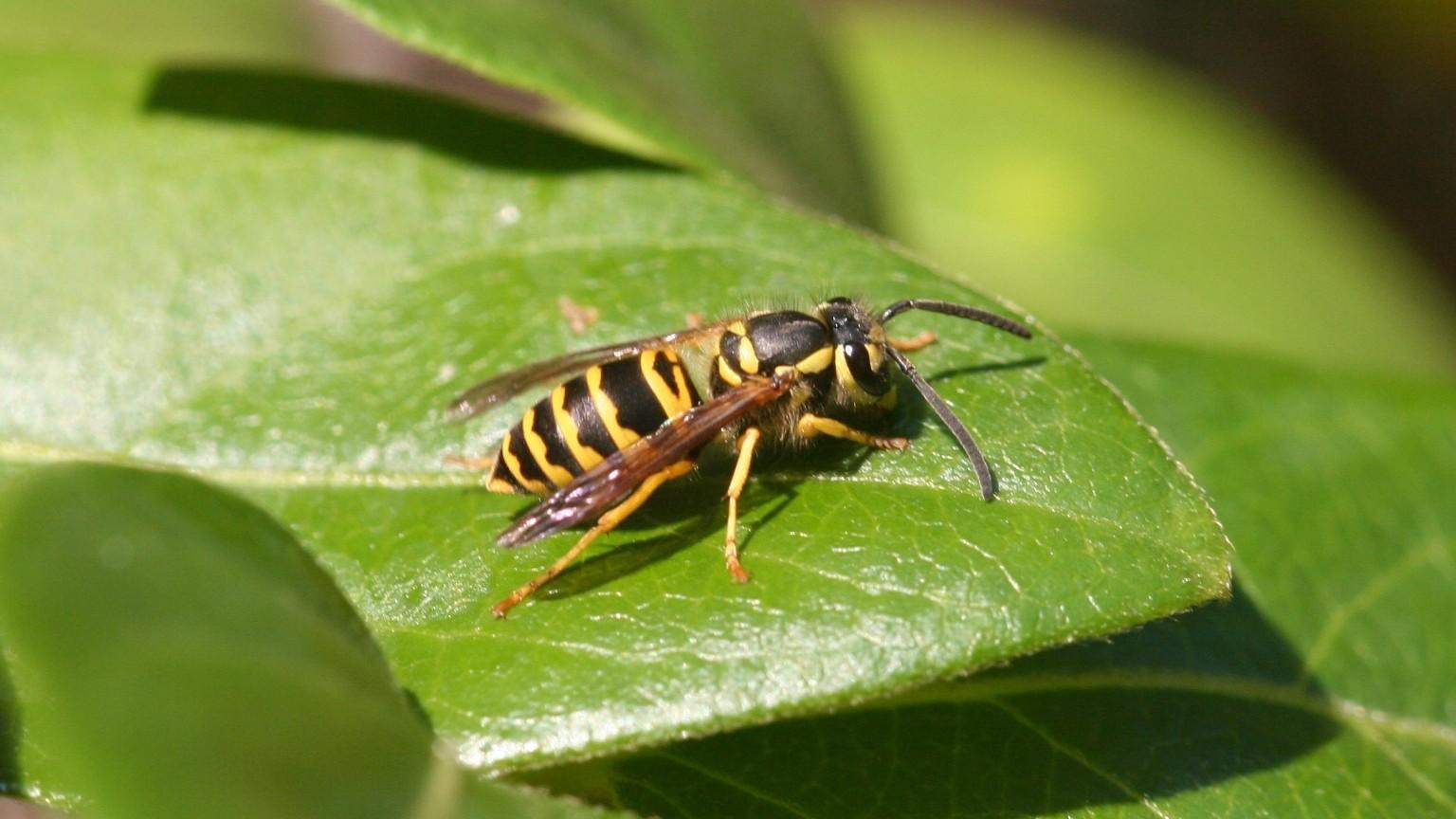
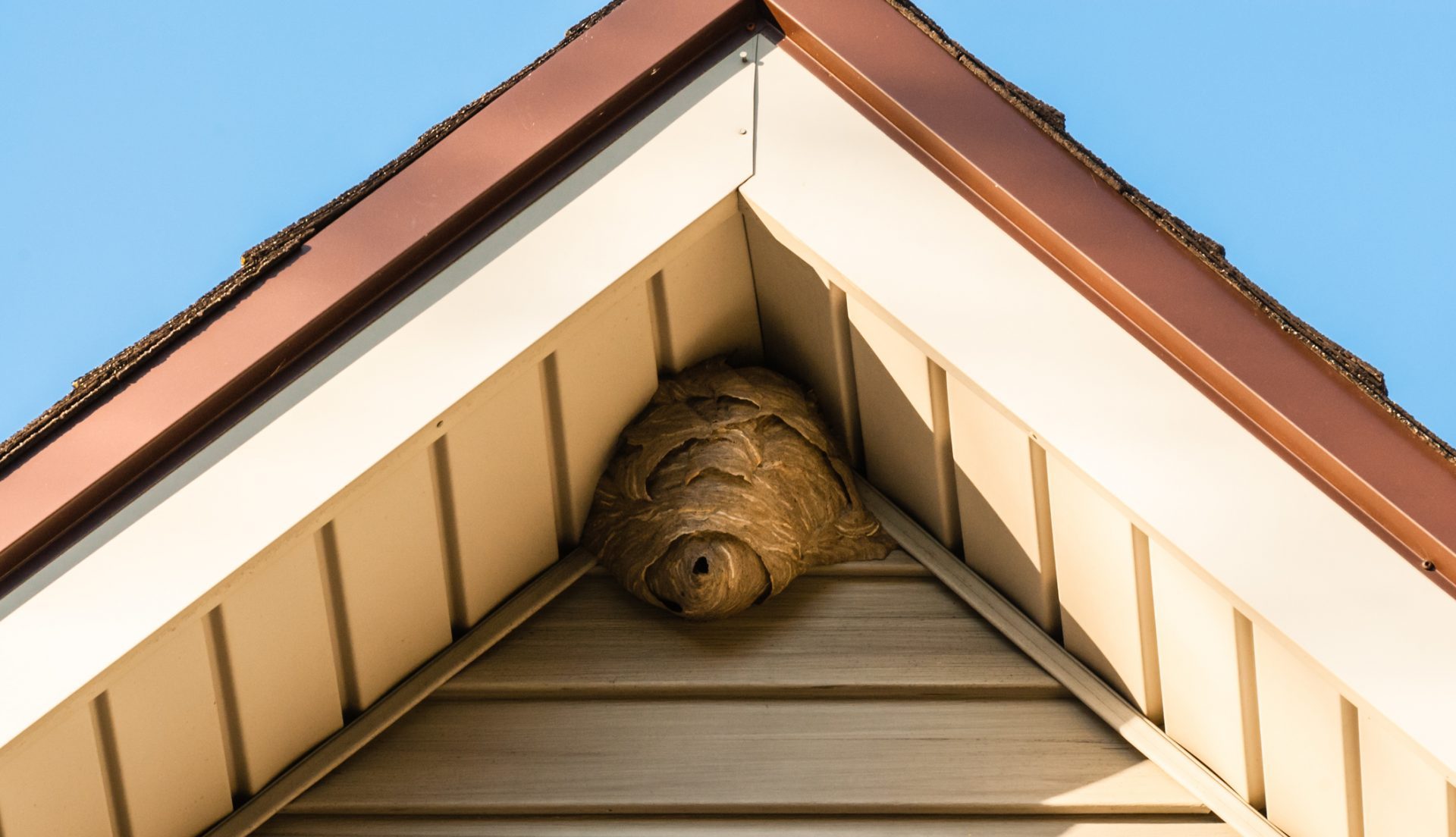

0 thoughts on “How To Get Rid Of Yellow Jackets In Siding”